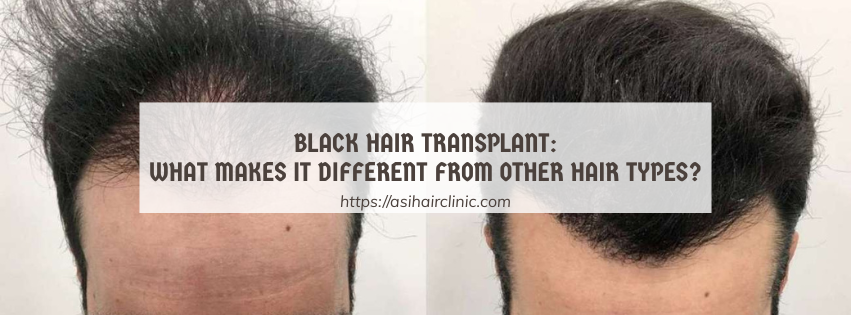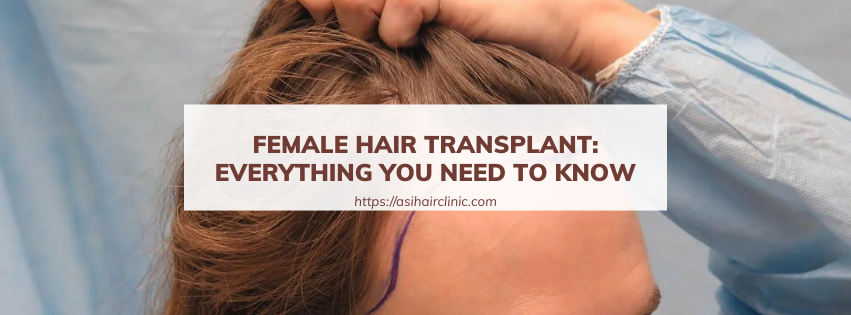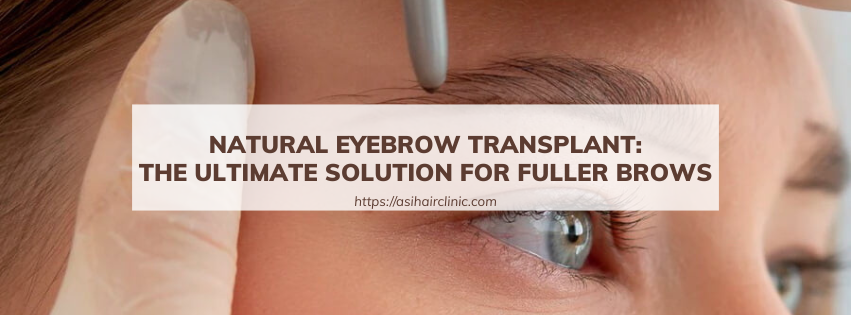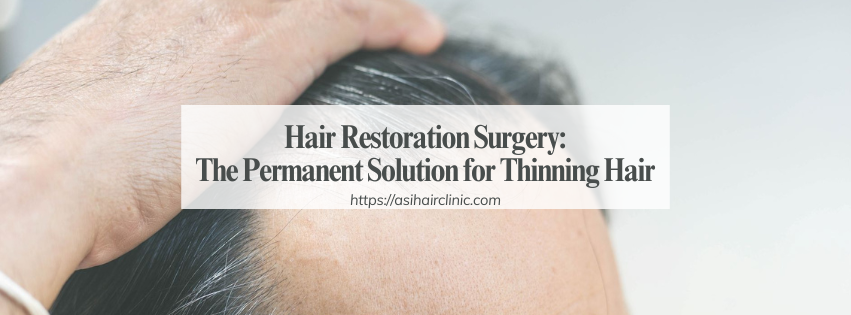The Most Prominent Differences In Hair Transplant Surgery Between Ladies and Gents
When it comes to hair transplant surgery, there are significant differences in how procedures are approached for men and women. While both genders experience hair loss, the patterns, causes, and goals of restoration often differ. For men, hair loss typically follows a more predictable pattern, such as a receding hairline or bald spots. In contrast, women generally experience thinning across the scalp, making hairline design and placement much more complex. These variations lead to differences in surgical techniques, graft distribution, and even post-operative care. Understanding these key differences can help tailor treatments to meet the unique needs of both ladies and gents.
1. Understanding the Differences in Hair Loss Patterns
Before diving into the intricacies of hair transplant procedures themselves, it is vital to comprehend the nature of hair loss that affects men and women. This understanding serves as the foundation upon which the respective approaches to hair restoration are constructed.
1.1. Male Pattern Baldness: The Common Culprit
Men predominantly suffer from androgenetic alopecia, commonly referred to as male pattern baldness. This condition typically manifests through a receding hairline and heightened thinning at the crown of the head. The primary driver behind this form of hair loss is dihydrotestosterone (DHT), a hormone derived from testosterone. DHT shrinks hair follicles, causing them to produce progressively thinner and shorter strands of hair over time, ultimately resulting in visible baldness.
This pattern of hair loss often follows a predictable path, characterized by specific stages outlined in the Norwood Scale. As men age, the likelihood of experiencing this type of hair loss increases significantly, leading many to seek out hair transplantation as a means of regaining their youthful appearance.
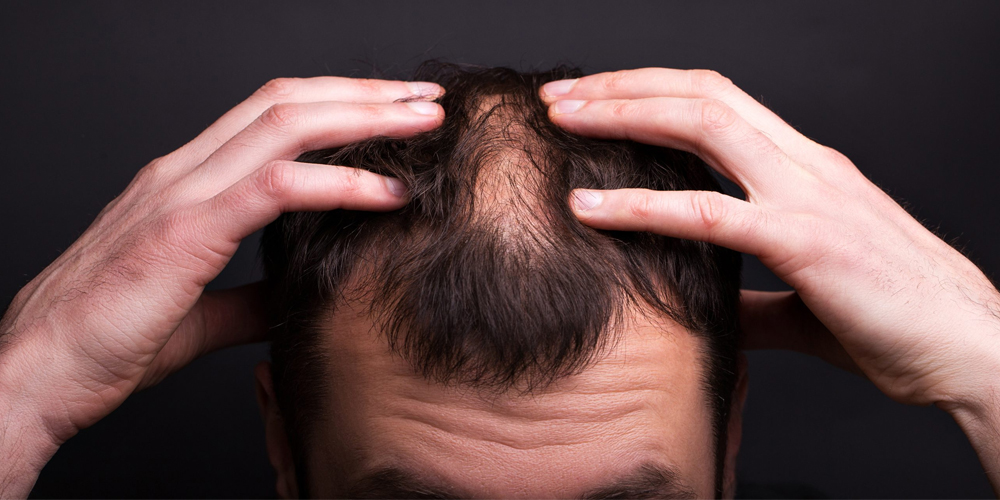
1.2. Female Pattern Hair Loss: A Different Narrative
In contrast, women typically encounter female pattern hair loss, which presents itself quite differently. Rather than a receding hairline or defined bald spots, women generally experience diffuse thinning across the scalp. This condition can be attributed to various factors, such as genetics, hormonal fluctuations, stress, and even certain medications.
Interestingly, while hormonal influences play a role, the intricacies of female hair loss extend beyond just hormones. Women's hair may remain fuller at the front, while the central part of the scalp gradually thins. Hence, women often have more hair overall but find that the density of their hair decreases, leading to a widespread sense of loss rather than outright baldness.
1.3. Other Factors Contributing to Hair Loss in Women
For women, another prevalent form of hair loss is traction alopecia, which can stem from tight hairstyles that exert excessive tension on the hair follicles. Styles such as braids, ponytails, or buns can contribute to this condition, and its impact can be both physical and emotional. In some cases, women may not even realize they're losing hair until it becomes significant.
The different dynamics of hair loss between genders highlight the need for tailored approaches to hair transplant surgeries. A successful outcome relies heavily on understanding these patterns and ensuring that the chosen method aligns with the individual’s specific needs and concerns.
2. Aesthetic Considerations and Desired Outcomes
When exploring hair transplant options, it is paramount to recognize that men and women possess fundamentally different aesthetic considerations and desired outcomes. These differences influence everything from surgical techniques to post-operative expectations.
2.1. Men's Aesthetic Goals
Many men seeking hair restoration typically aim to achieve a fuller, rejuvenated hairline that conveys vitality and youthfulness. Their focus is often on creating a dense crown area to counteract the effects of male pattern baldness. These aesthetic goals drive men to seek a natural-looking yet striking restoration-enhancing volume without crossing the line into an unnatural appearance.
In assessing their objectives, men might prioritize significant transformations that allow them to regain confidence and self-esteem. They may expect their results to reflect a robust masculinity, reinforcing their identities and social perceptions.
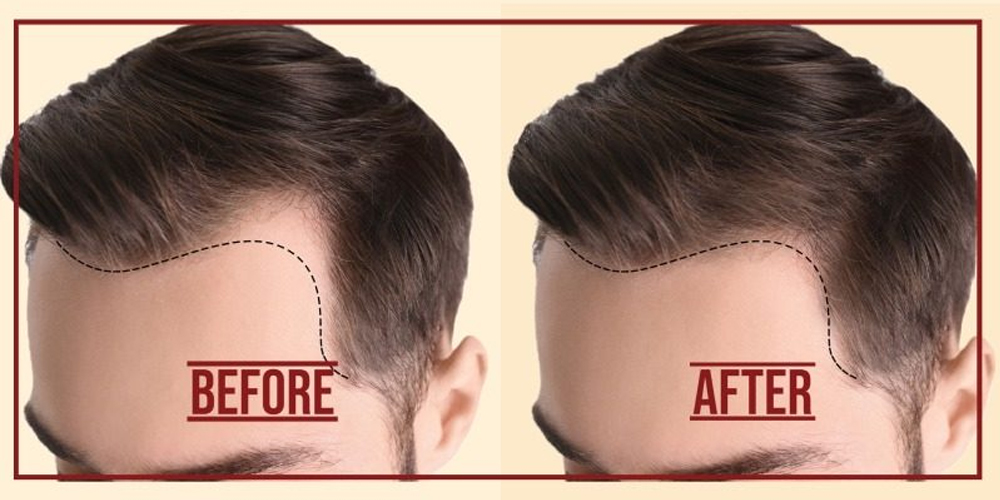
2.2. Women's Aesthetic Goals
Conversely, women's goals surrounding hair restoration lean towards a more subtle enhancement of existing features. Women generally desire improvements in overall hair density and thickness while maintaining a delicate and feminine aesthetic. Their emphasis lies in achieving a natural, understated look that integrates seamlessly with their existing hair texture and volume.
Women undergoing hair transplant surgeries often wish to avoid any drastic changes that could result in a more masculine appearance. Instead, they seek to achieve a balanced look that enhances their femininity while addressing issues of thinning or baldness. Such desires necessitate an artistically nuanced approach from surgeons during the procedure, as the aim is to integrate newly transplanted hairs convincingly.
2.3. The Artistry Required in Hair Restoration
Understanding the different aesthetic goals of men and women highlights the crucial role of artistry in hair transplant surgery. Surgeons must possess not only technical skills but also an innate ability to visualize the end result based on the patient's individual features. For instance, a well-designed hairline for a woman should complement her facial shape, avoiding sharp angles that could appear harsh. On the other hand, a man’s hairline can be designed to project strength and youthfulness.
This artistic finesse is essential, as it ensures that the final results resonate with the patients' expectations. An experienced surgeon will analyze facial proportions, hair growth patterns, and the overall aesthetic vision articulated by the patient to create a comprehensive treatment plan that yields satisfying results.
3. Specific Techniques and Considerations for Women
The unique nature of female hair loss necessitates specific considerations and techniques when performing hair transplants on women. Surgeons must be acutely aware of these factors to provide satisfactory outcomes.
3.2. Hairline Design: A Paramount Factor
Creating a soft, natural-looking hairline is essential in female hair transplant surgeries. Unlike men who may opt for a more defined hairline, a woman’s hairline design should follow the natural curvature of her forehead. It requires careful consideration of the angles and placement of grafts, which can either enhance or detract from the individual's femininity.
A skilled surgeon will assess the patient’s facial structure and consider additional elements, such as age and personal style, before drafting a customized hairline design. Achieving a result that appears seamless and authentic is paramount. Women often favor hairlines that mirror their natural growth patterns, lending authenticity to the appearance of fullness.
3.3. Follicular Unit Extraction: A Preferred Technique
Among the available methods for hair transplantation, Follicular Unit Extraction (FUE) has emerged as the preferred technique for many women. This method provides a minimally invasive option that avoids the linear scarring associated with other techniques like Follicular Unit Transplantation (FUT).
FUE involves extracting individual follicular units directly from the donor site, allowing for strategic placement and minimal recovery time. The subtlety of this technique allows surgeons to cater to the nuanced requirements of women, enabling them to achieve their desired density without sacrificing the appearance of the donor site.
3.4. Grafts and Density: Tailored Approaches
The number of grafts required for women typically differs from that needed for men. Women often request a more subtle enhancement of hair density, making it essential for surgeons to pay meticulous attention to detail in the placement of follicular unit grafts. The distribution of grafts must be even and natural-looking, allowing for adequate coverage without drawing unnecessary attention to the areas being treated.
Achieving the right balance of density is critical; too much density can lead to an unnatural appearance, while too little can leave the patient dissatisfied. Striking this balance requires skillful artistry and an understanding of the patient’s unique hair characteristics.
4. Specific Techniques and Considerations for Men
Just as with women, the techniques and considerations necessary for hair transplant surgery in men differ considerably due to their unique hair loss patterns and aesthetic goals.
4.1. Crafting the Ideal Hairline
For men, the restoration of a youthful hairline is pivotal to achieving a natural and masculine appearance. This process begins with a thorough assessment of the individual's facial structure and features, allowing the surgeon to tailor the hairline design accordingly. The hairline must align with the patient's age and gender, ensuring a harmonious look that resonates positively with their overall aesthetic.
Additionally, the hairline restoration may involve defining the frontal hairline and addressing thinning areas at the crown. All these factors come into play to restore the individual's confidence while enhancing their masculine traits.
4.2. Surgical Techniques: FUE vs. FUT
Both FUE and FUT techniques can be employed for men seeking hair restoration. The choice between the two largely depends on the extent of baldness, desired density, and the patient's preferences.
FUT involves removing a strip of skin containing hair follicles from the donor area, often resulting in a linear scar. While this technique may yield a higher number of grafts in a single session, many men now prefer FUE owing to its minimally invasive nature and reduced recovery time.
Surgeons must weigh the pros and cons of each technique in consultation with the patient to ensure that the selected method aligns with their hair restoration goals.
4.3. Recipient Site Preparation: A Critical Step
An essential phase of the hair transplant process is preparing the recipient sites for graft placement. This involves creating precise incisions where the grafts will be inserted. The angle and direction of hair growth are critical components of this step, as they dictate how seamlessly the transplanted hair will blend with the existing hair.
The importance of this preparation cannot be overstated; it directly impacts the final aesthetic outcome. A skilled surgeon will take ample time to assess the recipient area, ensuring that each graft is placed thoughtfully to mimic the natural growth patterns of the patient's hair.
Conclusion
While hair transplant surgery offers a viable solution for addressing hair loss for both men and women, the approaches taken must respect the fundamental differences in hair loss patterns, aesthetic desires, and surgical techniques. Understanding these distinctions is crucial for patients who aspire to navigate their hair restoration journeys effectively.
LATEST POSTS

